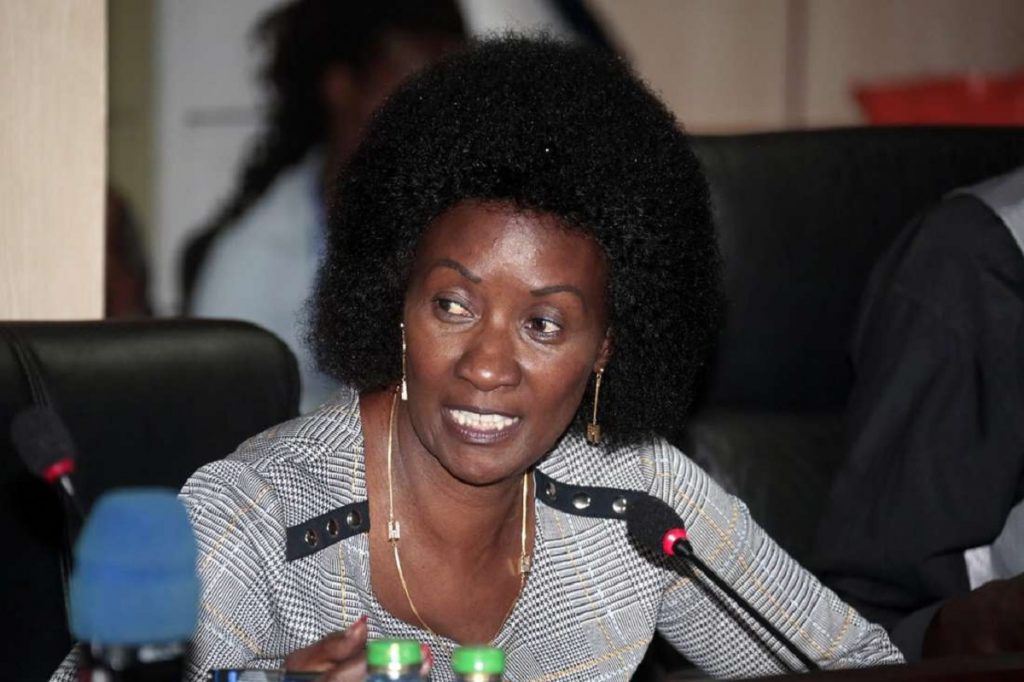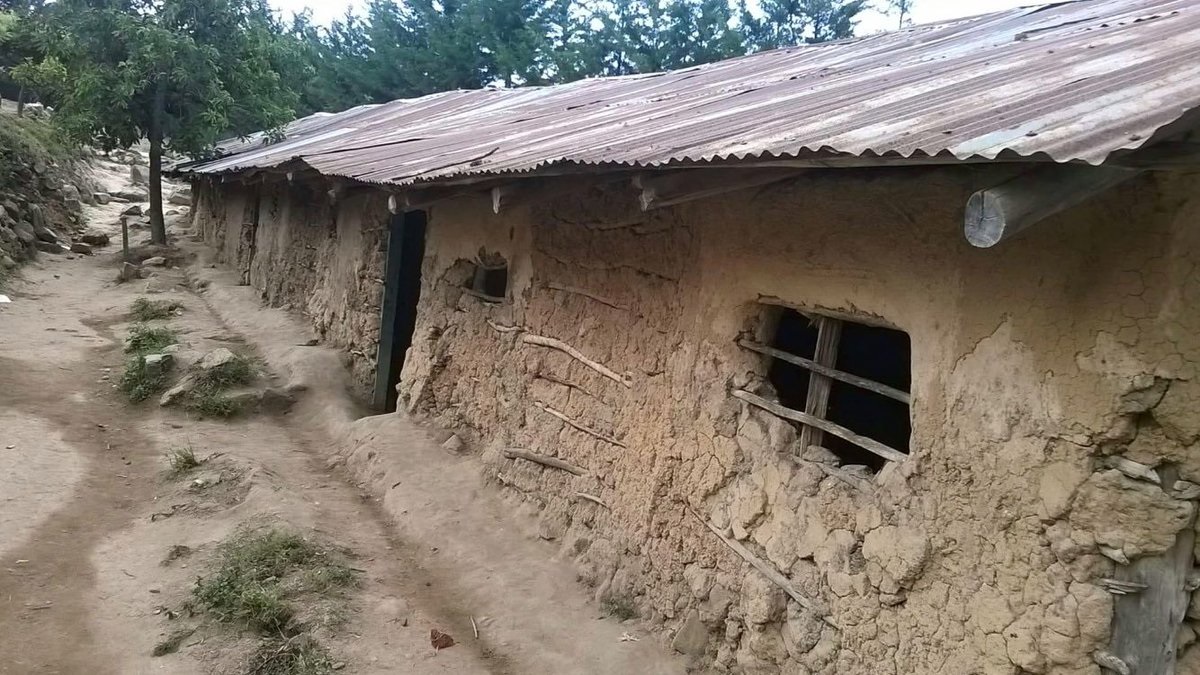In 2018, the Kenya National Bureau of Statistics (KNBS) released data revealing that half of Kenyans could not read or write.
At the time, the counties with the highest literacy levels in the country were Nairobi and Kisumu while Garissa had the highest number of people who had never attended school.
Marsabit, Mandera, Wajir, Turkana and Samburu registered the lowest school attendance rates. This could get even worse for Marsabit, Mandera, Wajir, with the Teachers Service Commission (TSC) saying that it will not post teachers to the ‘volatile’ Northeastern region.
See: Sorry state of students taking wrong courses
On Wednesday this week, TSC maintained that it will not post teachers to the region unless the security situation is fixed.

The Commission’s CEO Nancy Macharia said that the right to life supersedes that of education and that enhancing security was the only way TSC could have teachers deployed in the region.
With this stance, the illiteracy rates in the region will continue worsening the situation for learners.
According to the 2019 Kenya Population and Housing Census, getting an education remains a challenge for many in the country where more than 7 million have no formal education.
The survey which collected data on formal and non-formal schooling indicates that a total of 17.8 million individuals reported that they were at school or in a learning institution.
Another 11.6 million said that they had left school or a learning institution after completion while 6.9 million left school or a learning institution before completion.
Read about Kenyan Teacher Who Rose to Hold The Highest Office
At the same time, 7.1 million Kenyans said they had never been to school.
The data shows that 10.0 million people were attending primary school; 3.4 million were attending secondary school while 3.3 million were attending pre-primary school.
Those attending middle-level college/technical training education were about 500 thousand and those attending university education were 471 thousand.
A majority of the respondents had attained primary education, followed by secondary education.
Persons with a university education were 1.3 million, noted the survey.
The current number of illiterate Kenyans corroborates that of UNESCO in 2018 which indicated that the 7 million Kenyans had no formal education.
National Education Sector Strategic Plan 2018 – 2022
Kenya’s government says it is committed to ensuring that no child is left behind in terms of access to education.
Articles 43(f) and 53(1) (b) of the Kenyan Constitution provide for the right to education and the right to free and compulsory basic education, respectively. The Basic Education Act (2013) guarantees the right of every child to free and compulsory basic education.
The government is also committed to implementing international and regional commitments related to education, such as the Education for All (EFA) goals and Sustainable Development Goals (SDGs), among others.
In order to honour the above commitments, the Ministry of Education is committed to providing and promoting competency-based and equitable learner-centred education, training and research for sustainable development.
The National Education Sector Strategic Plan (NESSP) 2018-2022 aims at achieving four important strategic objectives for education, training and research, which are: to enhance access and equity; to provide quality and competency-based education, training and research; to strengthen management, governance and accountability; and enhance relevance and capacities for Science, Technology and Innovation (ST&I) in education, training, and research for labour markets.
Achieving these objectives will contribute to the realization of the aspirations of Kenya’s blueprint, the Vision 2030 (as well as the MTP III which provides direction on planning and investments of the Vision 2030 during the period 2018-2022).
The programmes identified in NESSP 2018-2022 are drawn from the education sector analysis, the lessons learnt from the implementation of the National Education Sector Plan (2013-2017), the Sessional Paper No 1 of 2019 and priorities identified in the Medium Term Plan III.













Leave a comment